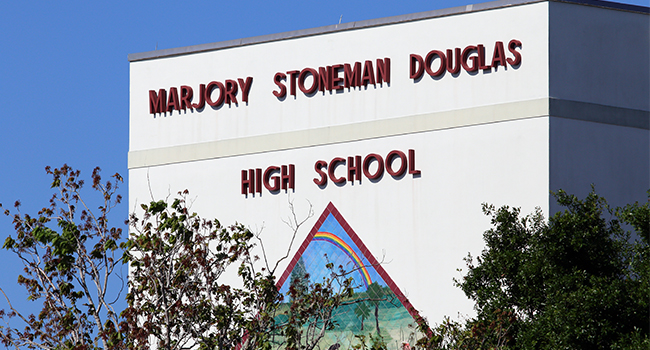
MSDHS Public Safety Commission Releases Preliminary Report, Cites Security Failures
"He got into the 1200 building because that door was unlocked and unstaffed and that we say that is a security failure," Pinellas County Sheriff Bob Gualtieri said.
- By Jessica Davis
- December 19, 2018
A breakdown in security protocols contributed to the Feb. 14 mass shooting at Marjory Stoneman Douglas High School that left 17 dead, according to a preliminary report released Dec. 12 by the Marjory Stoneman Douglas High School Public Safety Commission.
"Our No. 1 finding needs to be that [the shooter] is responsible for this," Polk County Sheriff Grady Judd said at a meeting in Tallahassee Dec. 12. Much of the rest of the meeting focused on the security failures that allowed the shooter to enter campus and open fire.
"He got into the 1200 building because that door was unlocked and unstaffed and that we say that is a security failure," Pinellas County Sheriff Bob Gualtieri said.
The preliminary report outlines one example of unsecured entrances.
“Unlocked and opened gates were regularly left unstaffed for long periods of time on the MSDHS campus,” the report states. “School administers cited a lack of personnel as the explanation for the unstaffed and open gates. This explanation is unacceptable as leaving open perimeter gates unstaffed is a breach of effective security protocols."
Among the other flaws in security cited by the report were “lack of uniform and mandated physical site security requirements,” inadequate exterior cameras outside of building 12, the lack of public address system speakers in the hallways and exterior areas and the confusion caused by the fire alarm. The report also cites flawed procedures that led to a delayed response from the Broward Sheriff’s Office.
The preliminary report lists preventative solutions including armed assailant training for school staff, bulletproof glass on classroom windows and a push for mental health providers to share information about troubled students with campuses.
"My biggest concern is whether or not the districts and law enforcement, mental health community, etc., will actually implement the recommendations that we make," Ryan Petty, whose daughter was killed in the shooting, told Local 10 News.
About the Author
Jessica Davis is the Associate Content Editor for 1105 Media.